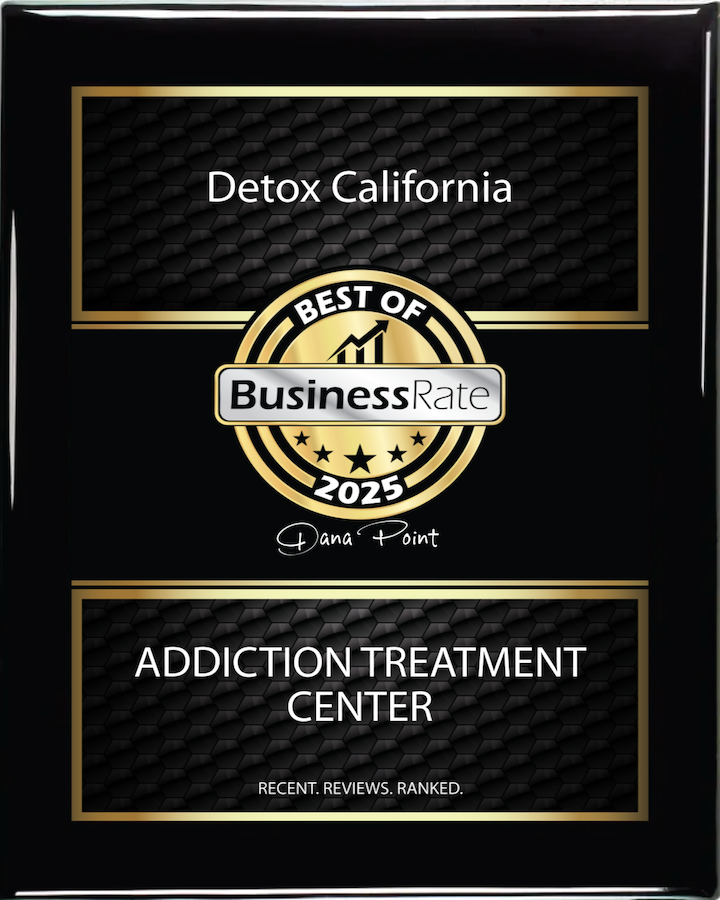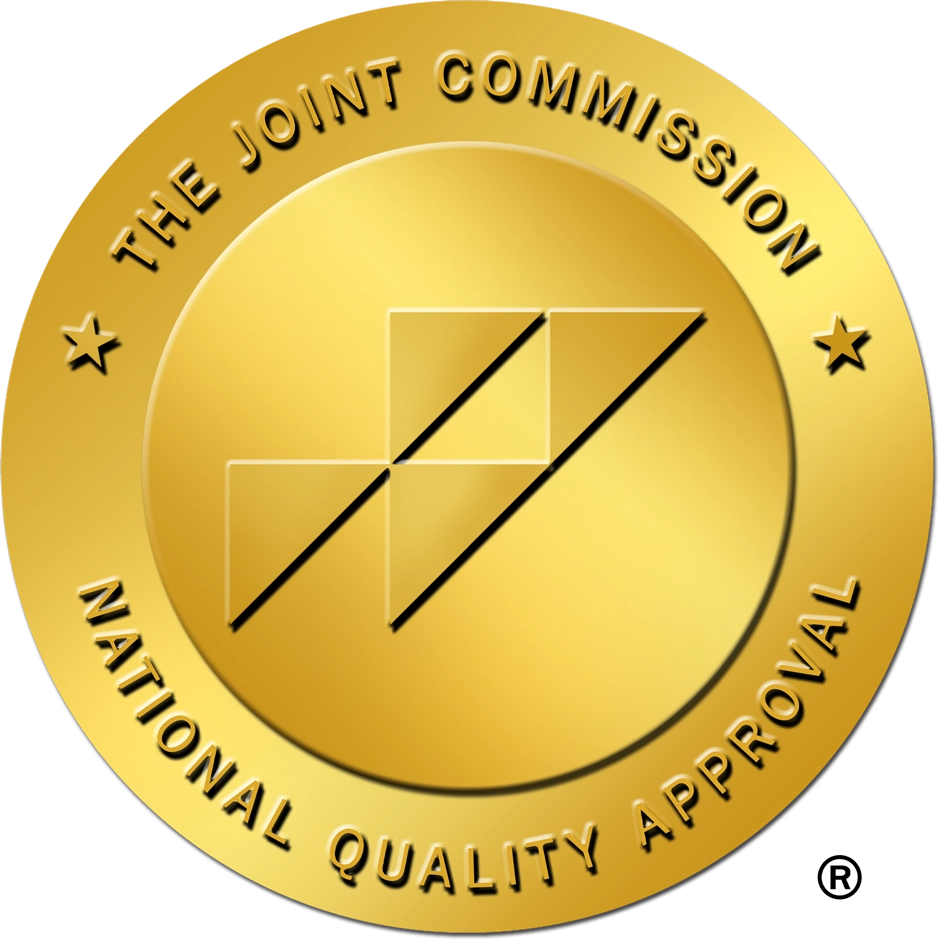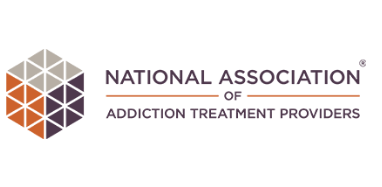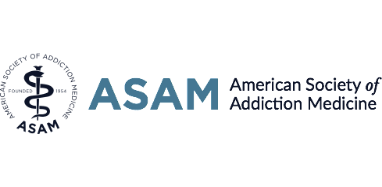Sudden Sniffing Death Syndrome (SSDS) is a fatal reaction that can occur when someone inhales certain chemicals, often from common household products like aerosol sprays, paint thinners, deodorant, or whipped cream dispensers. It happens when the heart suddenly stops due to the toxic impact of volatile substances on the central nervous system. This risk is especially high when people are huffing substances in enclosed spaces or using methods like plastic bags, which can also cause asphyxiation or suffocation due to lack of oxygen.
SSDS doesn’t require chronic inhalant abuse or years of substance use. It can happen without warning, even during the first time someone experiments with inhalants. Often, it’s young people or adolescents who fall victim, not realizing how dangerous products like nitrous oxide, butane, refrigerants, or fabric protector sprays can be. The National Institute on Drug Abuse (NIDA) has highlighted inhalants as uniquely dangerous due to their immediate effects on the heart, which can lead to cardiac arrest in seconds. While it might look like a harmless form of drug use, the truth is that SSDS is sudden, silent, and deadly.
Common Inhalant Types Where Sudden Sniffing Death Syndrome Can Occur
Sudden Sniffing Death Syndrome is most often linked to chemicals found in everyday products, things most people wouldn’t think twice about having in their home. The danger lies in how these substances are misused. When inhaled, especially through methods like huffing, bagging, or sniffing, the chemicals can overwhelm the body in seconds, putting intense strain on the heart and increasing the risk of cardiac arrest.
Here are some of the most common inhalants associated with SSDS:
- Aerosol sprays – including hair spray, deodorant, fabric protector, and spray paint
- Solvents – like paint thinners, toluene, nail polish remover, and correction fluid
- Gases – such as nitrous oxide (aka laughing gas or whippets), propane, and butane
- Cleaning agents – including refrigerants, cleaning fluids, and removers
What makes these substances so dangerous is how quickly they enter the bloodstream and disrupt the central nervous system. Products like whipped cream dispensers or felt-tip markers might seem harmless, but in the wrong context, they can be deadly. The fact that many of these items are accessible in any household only adds to the risk.
Risk Factors for Sudden Sniffing Death Syndrome
While Sudden Sniffing Death Syndrome can happen to anyone who uses inhalants, certain factors make the risk even more severe. You don’t have to be addicted or use it regularly. It can happen after just one use, especially under the wrong conditions. That’s part of what makes SSDS so frightening. It’s not just long-term damage like hearing loss or brain damage from volatile solvents—this is something that can take a life instantly.
Here are some of the biggest risk factors:
- Type of substance used – Products like butane, aerosol sprays, propane, and nitrous oxide are strongly linked to SSDS.
- Physical activity during or after use – Even standing up too fast or startling the body can trigger cardiac arrest due to the way inhalants affect the heart.
- Using in enclosed spaces – Huffing in a car, closet, or with a plastic bag increases the risk of asphyxiation and lack of oxygen.
- Underlying heart conditions – People with heart issues may be even more vulnerable to fatal arrhythmias.
- Adolescents and young people – According to the National Institute on Drug Abuse, teens are at higher risk due to experimentation, peer pressure, and lack of awareness.
If you’re someone who uses household products like whipped cream, fabric protectors, or spray paint to get high—or you’re worried about someone who does—these aren’t “safe” highs. The way these chemicals affect the central nervous system and heart can turn a split-second decision into a tragic loss.
Why Aren’t Inhalants Taken As Seriously as Other Addictions?
Inhalant abuse is often overlooked or dismissed by the general public, the healthcare, oftentimes the recovery community. Part of the reason is that many of the substances used, like aerosol sprays, correction fluid, cleaning agents, and felt-tip markers, are easy to find in stores or at home. When drugs come in the form of whipped cream dispensers or deodorant, it’s hard for people to view them in the same light as heroin or fentanyl. But the risks are just as real—and in the case of Sudden Sniffing Death Syndrome, even more unpredictable.
There’s also a stigma rooted in misunderstanding. Inhalant use is more common among young people and adolescents, which leads to the assumption that it’s just a “phase” or a behavior someone will grow out of. But many who start using inhalants early develop deeper substance use issues later on. Some suffer from long-term mental health complications, including brain damage, hearing loss, and emotional dysregulation. Because inhalants don’t always fit the typical image of addiction, people suffering from this kind of drug use are often left feeling embarrassed, or unsure if they’re “sick enough” to get help.
The truth is, any substance that can cause heart failure, suffocation, or sudden death deserves to be taken seriously.
How to Avoid Sudden Sniffing Death Syndrome (SSDS)
The only guaranteed way to prevent Sudden Sniffing Death Syndrome is to stop using inhalants altogether. Because SSDS can happen with no warning there’s no “safe way” to engage in inhalant use. The effects on the heart and central nervous system can be instant. These chemicals can trigger a fatal cardiac arrest or lead to asphyxiation from lack of oxygen, especially if huffed in a confined space or with a plastic bag.
If you or someone you love is using household products, whippets, or other volatile substances to get high, early intervention can save a life. The first step is to ask for help, whether from a therapist, doctor, or a substance abuse rehab. Medical detox may be necessary, especially if inhalant use is part of a broader substance abuse pattern. Support from licensed professionals can also help address the mental health side of addiction, like trauma, anxiety, or underlying emotional pain that may be fueling the behavior.
You Don’t Have to Face This Alone
If you’re struggling with inhalant use or worried about someone who is, now is the time to act. Sudden Sniffing Death Syndrome doesn’t come with a warning sign. At Detox California, we offer a safe, supportive environment in Dana Point where you can step away from the chaos and start fresh. Our team provides medical detox and residential treatment with personalized care, peaceful surroundings, and the understanding that every recovery story is different.
Whether this is your first time asking for help or something you’ve tried before, you’re not alone. Reach out today—because your life is worth protecting, and your healing matters.

















